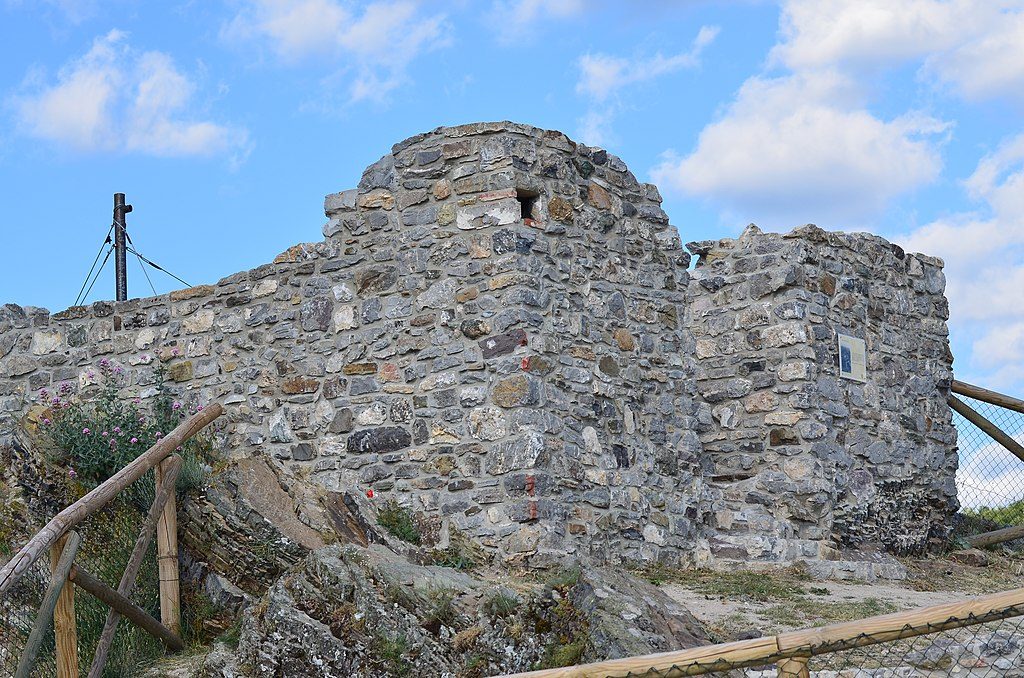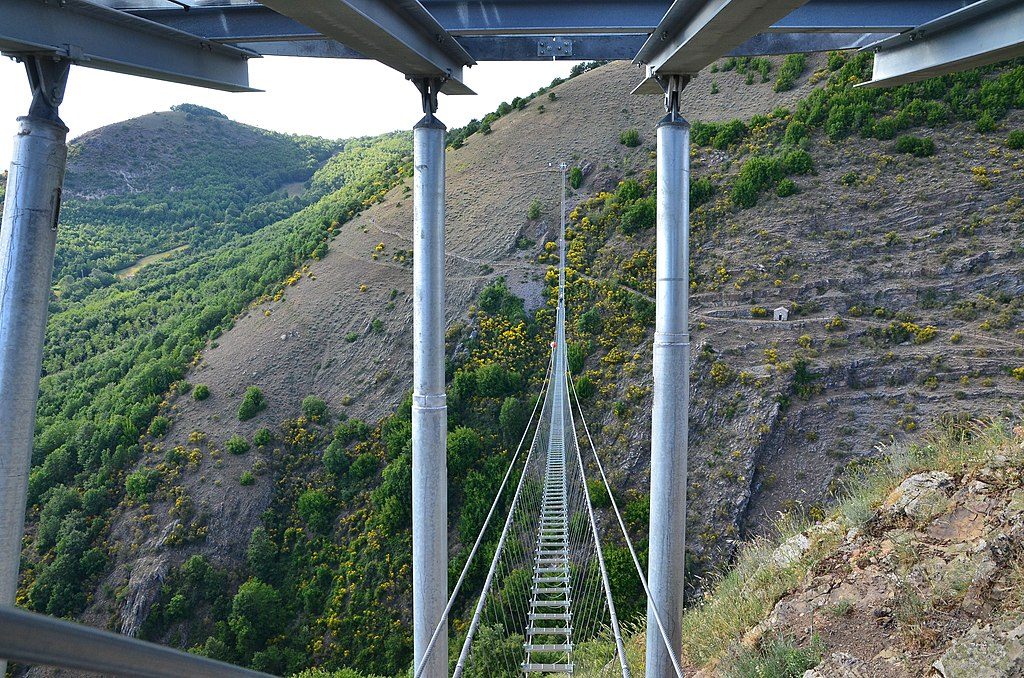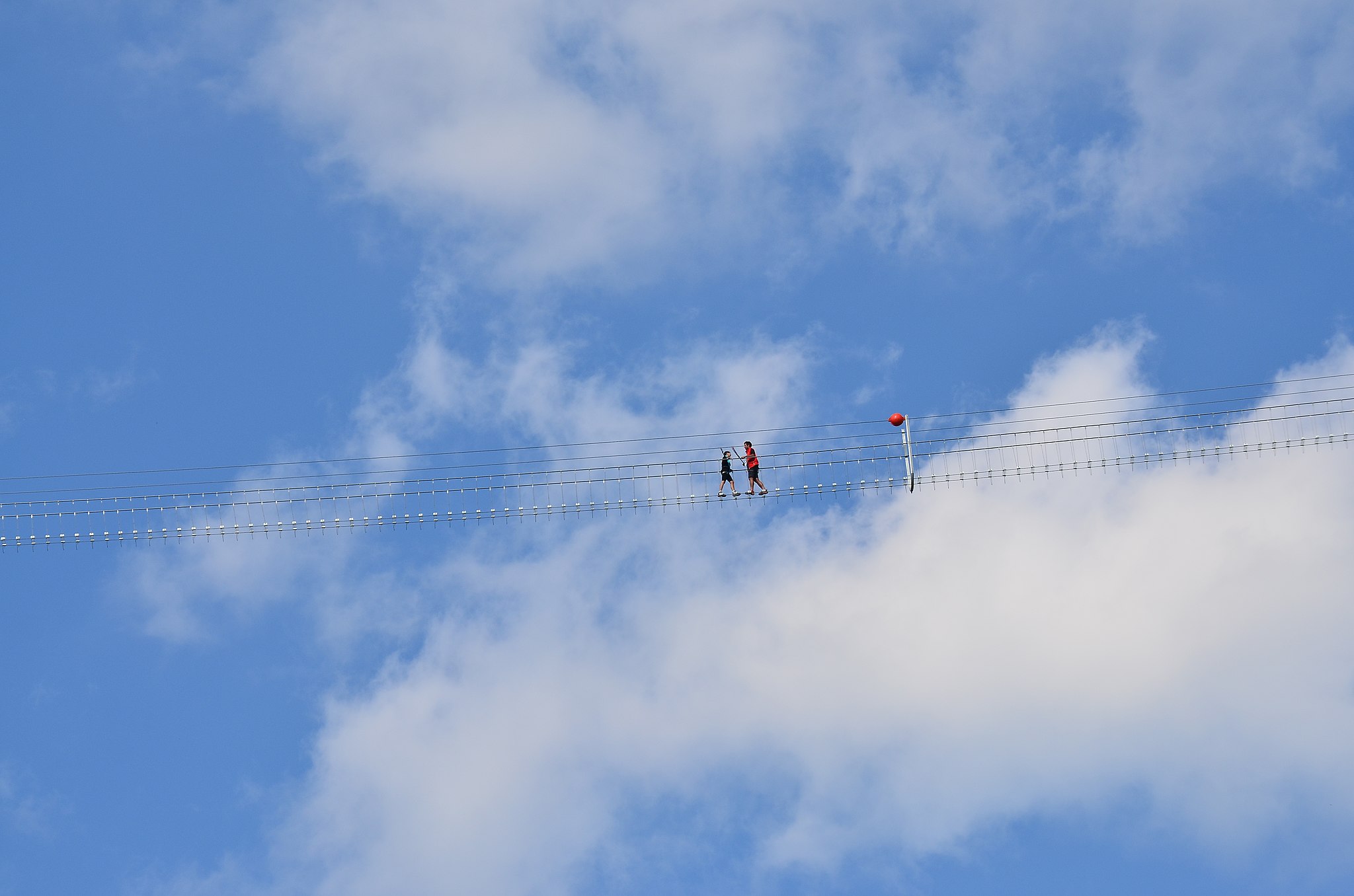Small municipality of the Basilicata, Sasso di Castalda holds many surprises. Some of these are very unusual. From the traditional cultural visit of the village, to the discovery of nature. Nothing shocking so far. But what if we told you that there is a Tibetan bridge in this shy place? What would you think of it? Perhaps the most fearless is already planning the excursion. What is certain is that this gimmick has attracted a considerable wave of tourists.
Sasso di Castalda: an ancient village
The origins of what remains a small town today are very remote. From Roman influences to the Anjou. Several peoples who have alternated in the dominion of the territory, each making an important contribution. And so, by going here, you will have the opportunity to admire the result of past history. A walk through the village with its picturesque winding streets leading to devotional stages.

Examples are the three churches of Sasso di Castalda. The Immaculate Conception, located in the main square, San Rocco and Sant'Antonio. Not just faith. Above all, the unique residential constructions enrich the urban scenario. Stone houses perched here and there as if to carve out a space in the mountainous conformation of the territory. Traditional buildings not only in appearance. Passing by them you will feel the scents of local dishes already from the early morning. Smells that will be the ideal travel companions on a path that is not entirely simple.

The paths are in fact a continuous ups and downs. To complete the cultural picture are added the watchtowers, which everyone calls "the castle". A village so small but so rich in history certainly needed to be protected. And then, symbolically, Nature took care of it. Surrounding the village of a massif. The Sasso di Castalda.
The bridge to the moon
In addition to the cultural relevance this municipality is known for theand landscape beauties. All arranged so wisely as to bring out a painting. How it had been studied in its composition. The author of all this is Nature. Blue streams, green woods and silvery rocks. And then the man who added the stone houses, the churches, the alleys. But why not do more? Go one step further. Maybe like the one that took man to the moon 50 years ago. And here is the beautiful thought. The one that led to the birth of Tibetan bridge. A move that allowed at the time, and currently, to enhance the territory.

But also a way to create the right perspective to appreciate the landscape. There are actually two bridges. The first, shorter and at a lower height, takes visitors from the village to the Fosso Arenazzo. Once here, you get rid of the harness necessary for crossing the bridge and proceed "in the green". Paths that lead, after about fifteen minutes, to the maximum attraction of the place. The so-called "bridge to the moon". Three hundred meters long by 120 meters high. A great deal of courage is undoubtedly needed to climb. Safety cable and go, step by step ready to enjoy the route.

The structure is exactly that of a Tibetan bridge. Narrow wooden planks but strong steel cables to guarantee solidity to the work. But why did they just call it that? The explanation seems to be linked precisely to the expedition to the moon. When Amstrong and the others landed on the satellite in 1969. It seems that a certain Rocco Petrone started the mission. Originally from Sasso di Castalda, he was the son of Italian migrants who settled in the State of Washington. An explanation that seems almost legendary and that helps to give the bridge its charm. An object of audacity, of historical significance and of enhancement of the place.





